Law making process
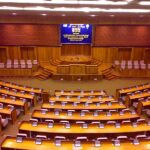
The law-making process is about making and enacting new laws or revising existing laws.In the Kingdom of Cambodia, three institutions can initiate the law-making process: any member of the National Assembly, any member of the Senate and the prime minister. 1 Most of the texts ...
Science and technology policy and administration
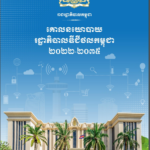
Cambodia has the ambition to transform and digitalize the government system and its economy. The overarching determination comes after the country’s ambitious economic goal of 2050, the readiness to keep up with the region’s science and technology development, and the global megatrend, the fourth industrial ...
Disaster and emergency response funding
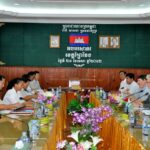
Cambodia has begun to integrate disaster and climate resilience goals into its national policies but implementation remains difficult. In the National Action Plan for Disaster Risk Reduction 2014–2018, the government prioritizes the target to: “build a resilient nation and local communities to pursue sustainable development.” ...
Forest protection NGOs
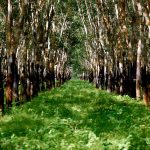
The protection of Cambodian forests is primarily the responsibility of the Ministry of Agriculture, Forests and Fisheries (MAFF) and the Ministry of Environment. There are, however, many non-governmental organizations (NGOs) working in the area, from United Nations (UN) agencies and other global bodies to locally-registered ...
Aid and development

Following the Paris Peace Accords signed in October 1991, Cambodia has received a significant amount of global support for its development and post-conflict work. In 2014, 30 – 40 percent of the country’s national budget is funded through development assistance, placing Cambodia among the most ...
Land classifications
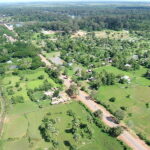
Land in Cambodia is divided into three classifications: private property, state private property and state public property. The distinction between state private property and state public property is essential to determining how state land is to be used. ...
Deforestration drivers
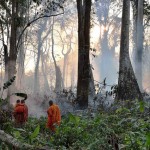
Deforestation has been one of the most significant changes the Cambodian landscape has undergone in recent decades. Key drivers of this process have been land concessions and subsequent land conversion, and large-scale illegal logging. ...
Small and medium enterprises SME
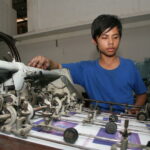
Small and medium enterprises (SME) have long been considered a vital driver to economic growth for developing economies. SMEs stimulate job creation throughout the country. Migration of employment to neighboring countries and the unemployment rate has significantly decreased due to a rising number of SMEs, ...
Government
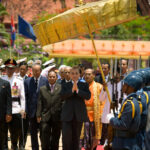
Cambodia is set up as a multi-party democracy under a constitutional monarchy. The King serves as the head of state and the Prime Minister is the head of the Royal Government of Cambodia. Norodom Sihamoni,149 the King, was crowned in 2004 after the abdication of ...
Industries
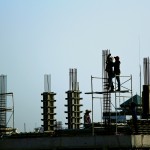
Industries in Cambodia (excluding extractive industries and mining) are mostly within the garment, light manufacturing, agricultural, construction and tourism sectors. The Royal Government of Cambodia has set directions to transform Cambodia into a middle-income economy by 2030 and high-income country by 2050, as mandated in ...
Taxation
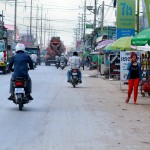
Heavy trucks on a street in Phnom Penh, Cambodia. Photo by Phalinn Ool, taken on June 15 2015. Licensed under CC BY-NC-ND 2.0The Cambodian government’s 2014–18 Revenue Mobilization Strategy aimed to enhance revenue administration and strongly increase the collection of taxes and other revenue. The ...
National government
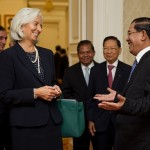
Cambodia is a constitutional monarchy. According to the 1993 Constitution, although he is the head of state, the king has very limited powers compared to the prime minister, the head of the government. Unlike the 1947 Constitution, power does not come from the king but ...
Procurement
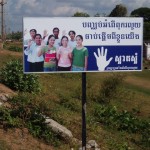
“Stopping corruption may start from us” (Khmer version on Clean Hand poster), in Kratie province, Cambodia. Photo by World Bank Photo Collection, taken on November 22, 2006. Licensed under CC BY-NC-ND 2.0In Cambodia, the activities of buying goods, construction work, repairs, and services and consultation ...
Private land
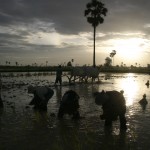
Rights to private land ownership were guaranteed in the 1993 Constitution and formally established by the 2001 Land Law. Despite an established legal framework to protect private property rights, those rights are often insecure for many. ...
Forest cover
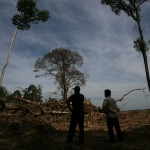
Cambodian forest cover has reduced dramatically in recent decades. In 1973 there were 13.1 million hectares of total forest, but by 2014 the total cover had fallen to 8.7 million hectares. ...
Head of state
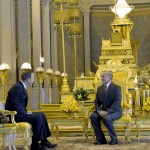
The Kingdom of Cambodia is a constitutional monarchy. The king is the head of state for his lifetime but does not govern. ...
Coal
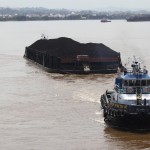
Although exploratory work has indicated the presence of modest coal resources in northern Cambodia, no commercial-scale mining has yet begun. The coal used in electricity generation and for other purposes is imported.A coal barge from Samarinda coal mine on the Mahakam river. Indonesia, Borneo. Photo ...
Japanese aid
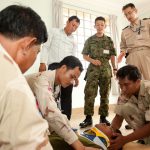
Japanese military members observe as Cambodian sailors attach a neck brace to a patient during a Pacific Partnership knowledge exchange in Sihanoukville, Cambodia. Photo by U.S. Pacific Fleet, taken on 21 June 2014. Licensed under CC BY-NC 2.0Japan, through its official development branch called Japan ...
Provincial and local governments
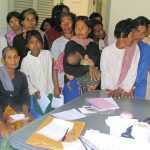
Patients are registered during the outreach screening at Vien Health Center. Photo by Community Eye Health, taken in 2006. Licensed under CC BY-NC 2.0The Kingdom of Cambodia is an indivisible state. The country’s administration at all levels and in all sectors falls under the same ...
Biofuel crops
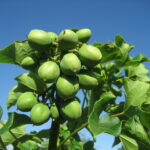
Biofuel crops have a significant potential for contributing to future energy requirements worldwide. Agricultural lands offer energy farming as an alternative to their usual role of food production. Biofuel crops are an environmentally valuable means of sustainable energy production.274 The demand for transport fuels in ...



